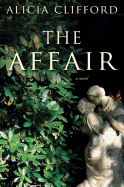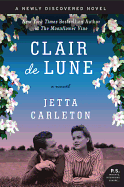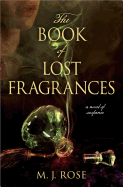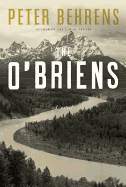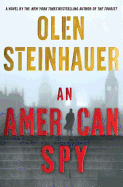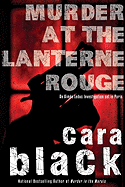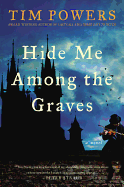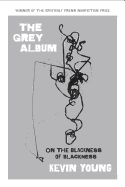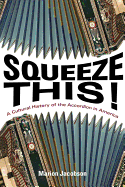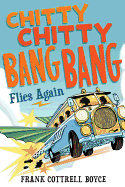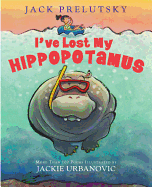More March Madness
After Tuesday's article about the dearth of good basketball books, several people sent in their favorite titles. Aaron Talwar likes Inside Moves by Todd Walton, the story of a friendship between a Vietnam vet and a basketball player with a bum leg. It's out-of-print, so check your library. Two people--Doris Baker and John Van Haalen--touted My Losing Season by Pat Conroy, the memoir of his senior year as captain of the Citadel Bulldogs, and how, despite a losing season, a team came together in love and friendship. My additional choice (how could I have forgotten it?) is the novel Blind Your Ponies by Stanley Gordon West. Set in a small, dying town on Montana, it's the story of a losing (0-93) team, a reluctant coach and a very tall, bewildered exchange student; it's also a story of hope and bravery.
The City Game, the classic by Pete Axthelm, was mentioned by Kathy Johnson. Axthelm parallels the 1969-70 Madison Square Garden world of the New York Knicks with the asphalt playgrounds of Harlem and Bedford-Stuyvesant. Eliza Rosenberry from Blue Rider Press e-mailed about their recent title, The Last Great Game: Duke vs. Kentucky and the 2.1 Seconds That Changed Basketball by Gene Wojciechowski. That 1992 game is considered by many to be the best NCAA game in history. It's good sportswriting and starts: "The truth? The truth is Mike Krzyzewski liked the shape of her legs." And if you can't get enough of Duke, try The Krzyzewskiville Tales by Aaron Dinin--demented sports fans à la The Canterbury Tales.
Monday night my husband was filling out his brackets in bed out loud while I was trying to sleep. In retaliation, I told him I'd already completed mine. I used Blindfold Brackets. Fun and easy, but if your favorite animal is a honeybee, you are doomed. So let the games and the reading commence. --Marilyn Dahl, book review editor, Shelf Awareness



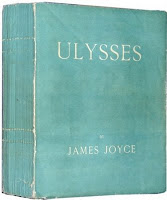 One of the most well-known works of Irish literature, of course, is Joyce's daunting Ulysses. While those who have read this in its entirety should surely be commended, readers looking for a more approachable way to encounter Joyce might consider Dubliners, a collection of Joyce's short stories originally published in 1914. Each of the 15 stories gives readers a glimpse into Dublin as both a city and as a collection of people, ranging from a simple tale of two young boys playing hooky from school to a more complex story about the nature of life and death.
One of the most well-known works of Irish literature, of course, is Joyce's daunting Ulysses. While those who have read this in its entirety should surely be commended, readers looking for a more approachable way to encounter Joyce might consider Dubliners, a collection of Joyce's short stories originally published in 1914. Each of the 15 stories gives readers a glimpse into Dublin as both a city and as a collection of people, ranging from a simple tale of two young boys playing hooky from school to a more complex story about the nature of life and death. Frank Delaney's Ireland is a rich novel of storytelling and narration, in which Ronan, a nine-year-old boy, is captivated by the stories told by a traveling storyteller. After the storyteller leaves, Ronan vows to find him once again, traveling Ireland by foot on search of his mentor, becoming entranced by Irish myth and culture along the way. Delaney's novel is complex and inviting, weaving together well-known stories of Irish folklore with the story of Ronan and his family; the result is as much a celebration of Ireland as it is of storytelling itself.
Frank Delaney's Ireland is a rich novel of storytelling and narration, in which Ronan, a nine-year-old boy, is captivated by the stories told by a traveling storyteller. After the storyteller leaves, Ronan vows to find him once again, traveling Ireland by foot on search of his mentor, becoming entranced by Irish myth and culture along the way. Delaney's novel is complex and inviting, weaving together well-known stories of Irish folklore with the story of Ronan and his family; the result is as much a celebration of Ireland as it is of storytelling itself. On an Irish Island
On an Irish Island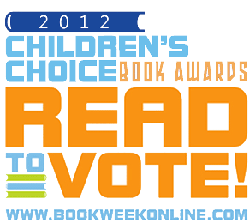 The Children's Book Council's fifth annual Children's Choice Book Awards, in association with Every Child a Reader, are now in full swing. Children and teens may vote to help determine the winners among 30 finalists in six categories, including Author and Illustrator of the Year. Last year a record-breaking 525,000 children and teens took part in the contest.
The Children's Book Council's fifth annual Children's Choice Book Awards, in association with Every Child a Reader, are now in full swing. Children and teens may vote to help determine the winners among 30 finalists in six categories, including Author and Illustrator of the Year. Last year a record-breaking 525,000 children and teens took part in the contest.
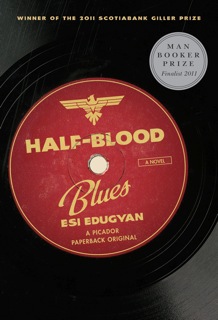 Book you're an evangelist for:
Book you're an evangelist for: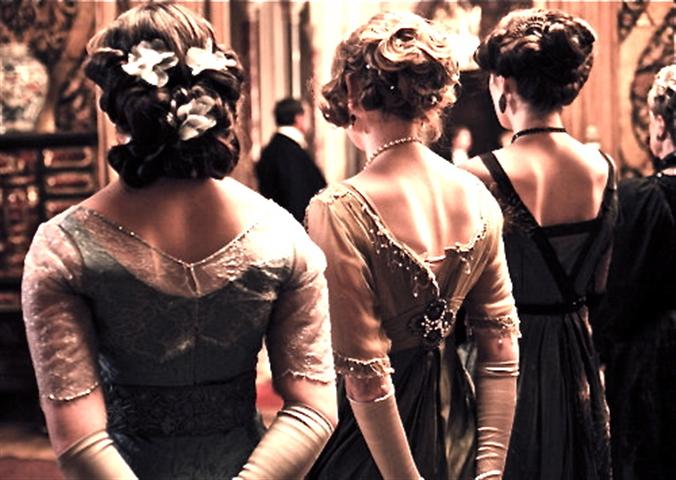 Even in midwinter Lady Mary looks relaxed in a watered silk evening dress, figure-hugging, sleeveless and all the better to show off her milky white skin before her arms plunge into her fine kid, elbow-length opera gloves. But even if you were close enough (and lucky enough) to dance with her, you would encounter a mystery. Neither Lady Mary nor any of the Crawfords (save, perhaps, granny) are wearing knitted chemises or lined liberty bodices. Nor are they swathed in woollen shawls, or knitted jackets trimmed with swansdown. Their noses are not red, nor do they sniff.
Even in midwinter Lady Mary looks relaxed in a watered silk evening dress, figure-hugging, sleeveless and all the better to show off her milky white skin before her arms plunge into her fine kid, elbow-length opera gloves. But even if you were close enough (and lucky enough) to dance with her, you would encounter a mystery. Neither Lady Mary nor any of the Crawfords (save, perhaps, granny) are wearing knitted chemises or lined liberty bodices. Nor are they swathed in woollen shawls, or knitted jackets trimmed with swansdown. Their noses are not red, nor do they sniff.